Optimal Timing for Concrete Installations
Concrete installations require careful planning to ensure durability and quality. The timing of installation can significantly impact the final outcome, especially in regions with variable weather conditions. Proper scheduling considers temperature, humidity, and seasonal factors to optimize curing and strength development.
Concrete is best installed when temperatures are between 50°F and 85°F. Extreme cold or heat can affect curing, leading to cracks or weakened structures.
Spring and early fall are ideal for concrete work due to moderate temperatures and lower humidity, reducing the risk of curing issues.
Rain, snow, or high winds can delay installation or compromise concrete quality. Clear, dry days are preferred for pouring and curing.
Planning ahead for favorable weather conditions ensures timely completion and reduces the risk of delays caused by adverse weather.

Ways to make Concrete Installations work in tight or awkward layouts.
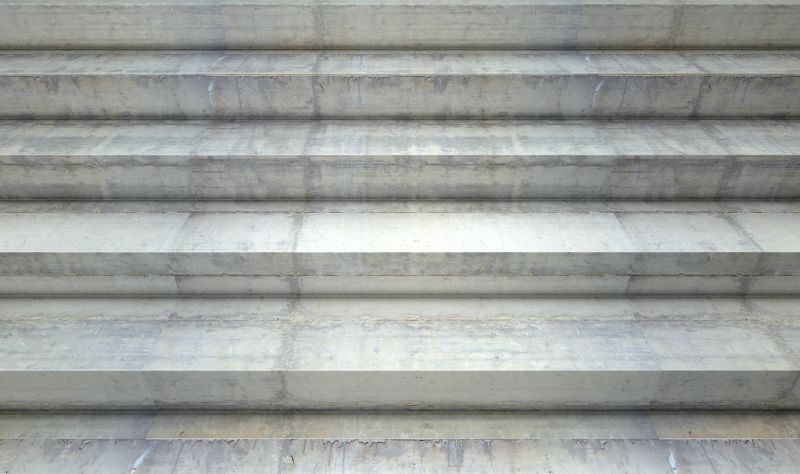
Popular materials for Concrete Installations and why they hold up over time.
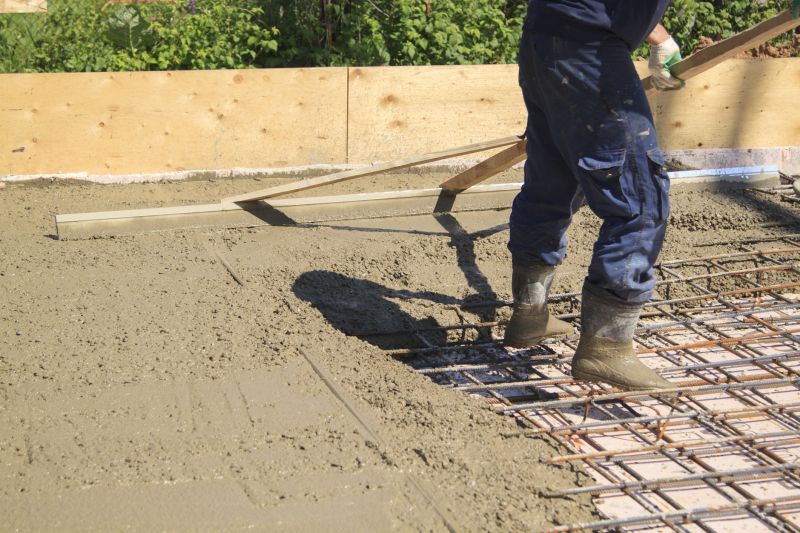
Simple add-ons that improve Concrete Installations without blowing the budget.

High-end options that actually feel worth it for Concrete Installations.

Finishes and colors that play nicely with Concrete Installations.

Little measurements that prevent headaches on Concrete Installations day.
| Season | Ideal Conditions |
|---|---|
| Spring | Moderate temperatures, low humidity, minimal rain |
| Summer | Warm days, avoid extreme heat, early mornings or late afternoons |
| Fall | Cooler temperatures, dry weather, moderate humidity |
| Winter | Not recommended in freezing temperatures, unless heated or insulated |
Concrete installation is a precise process that benefits from optimal weather conditions. Proper timing ensures that the concrete cures correctly, reaching its maximum strength and durability. Incorrect timing can lead to cracking, surface defects, and reduced lifespan of the finished structure. Skilled planning considers local climate patterns to identify the best windows for pouring and finishing concrete.
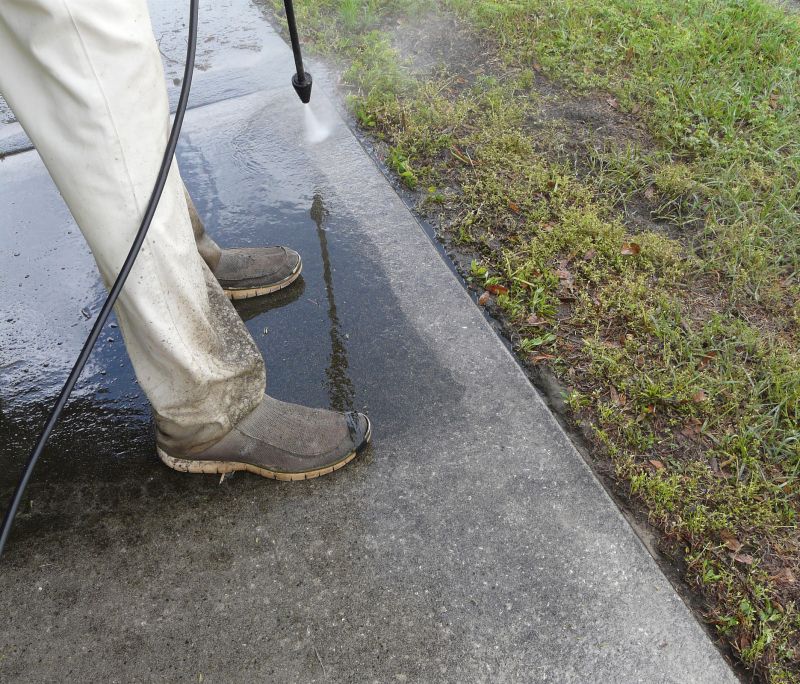
A 60-second routine that keeps Concrete Installations looking new.
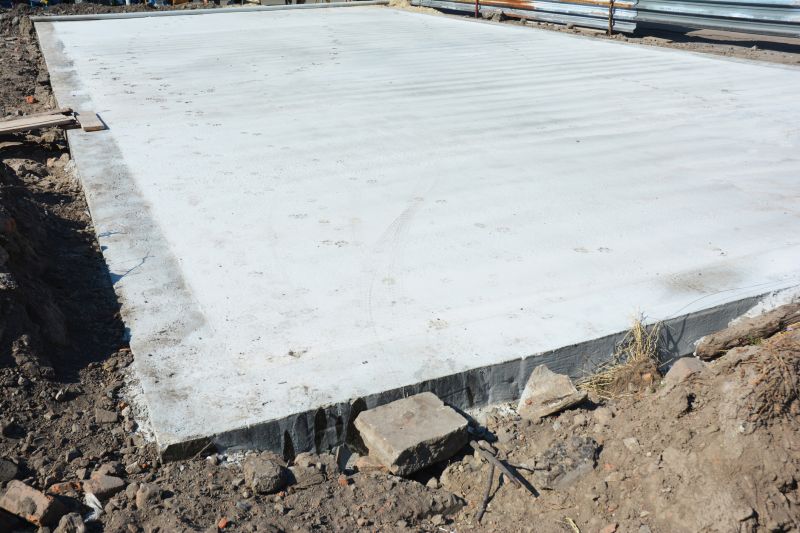
A frequent mistake in Concrete Installations and how to dodge it.

Small tweaks to make Concrete Installations safer and easier to use.

Lower-waste or water-saving choices for Concrete Installations.

The short, realistic tool list for quality Concrete Installations.
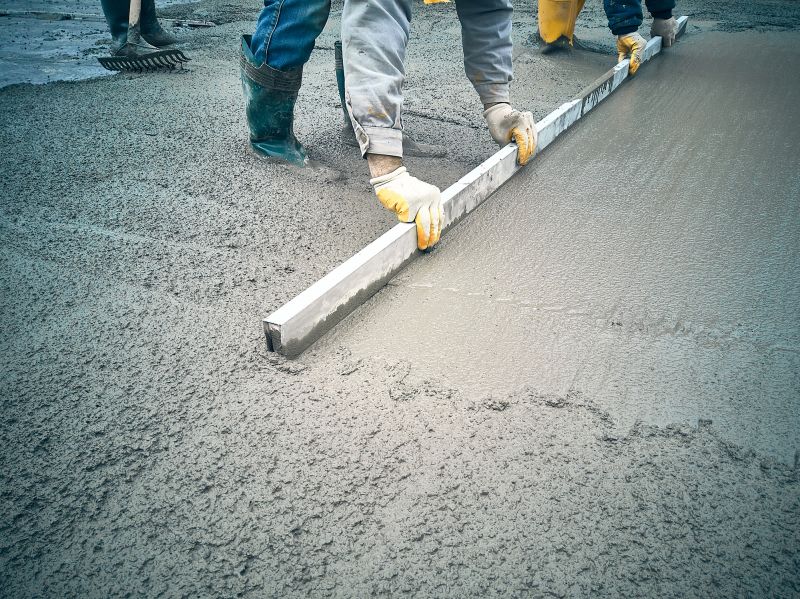
Rough timing from prep to clean-up for Concrete Installations.
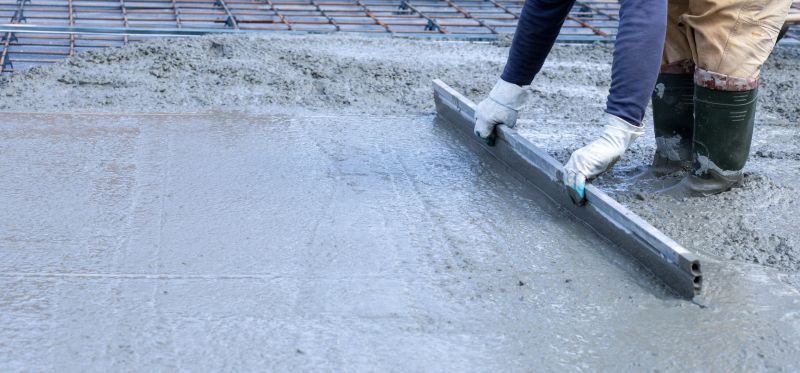
Quick checks and paperwork to keep after Concrete Installations.
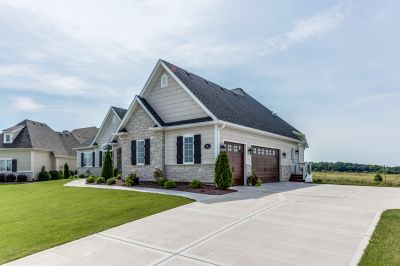
Examples that show the impact a good Concrete Installations can make.
Interested in scheduling a concrete installation? Filling out the contact form can provide guidance on the best timing for specific projects based on local weather patterns and project requirements. Proper planning ensures quality results and long-term durability of the concrete structure.

